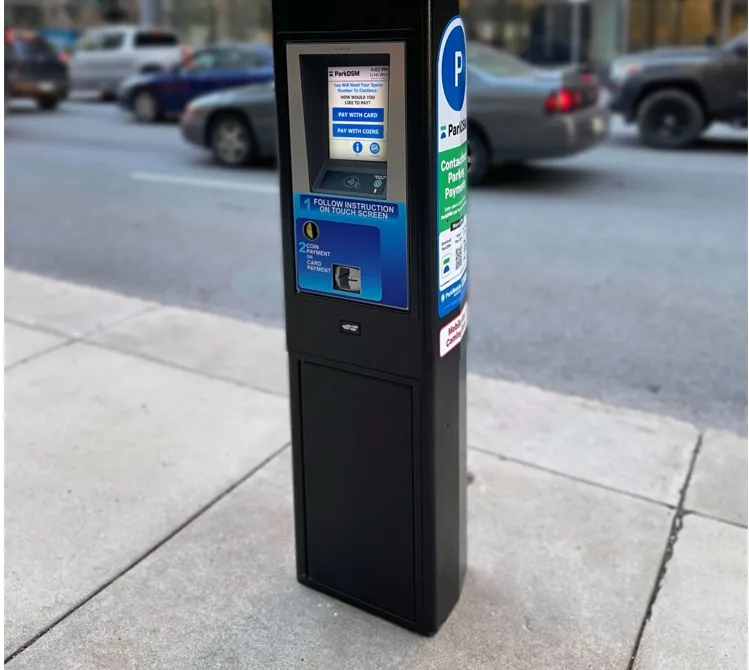The US City of Indianapolis has seen an increase in revenue as a result of selecting ParkIndy, a public-private partnership between the city and Xerox to modernise its coin-operated parking meters. The City has collected US$2.7 million more in parking meter revenue and reinvested more than US$12 million in infrastructure improvements, including sidewalk and road and bridge enhancements, since shifting parking meter operations to ParkIndy in 2010.
April 25, 2014
Read time: 2 mins
The US City of Indianapolis has seen an increase in revenue as a result of selecting ParkIndy, a public-private partnership between the city and 4186 Xerox to modernise its coin-operated parking meters.
The City has collected US$2.7 million more in parking meter revenue and reinvested more than US$12 million in infrastructure improvements, including sidewalk and road and bridge enhancements, since shifting parking meter operations to ParkIndy in 2010.
As one of the First US cities where all meter payments can be made by credit card or phone, Indianapolis has seen substantial growth in the number of motorists choosing ParkIndy’s convenient payment methods: more than 70 per cent of meter payments were made by credit card – a 10 percent increase from 2012; currently 14 per cent of total meter payments are submitted via pay-by-phone or smartphone app.
Approximately 80 per cent of the improved net revenue results from the use of Xerox’s management and analytics capabilities, including predictive algorithms, to optimise operations. Just 20 per cent of the revenue improvement is due to rate increases and changes to hours of operation.
“Before overhauling its public parking system, Indianapolis was challenged with increasing operational costs due to low turnover of 3,600 parking spaces and outdated meters and payment options,” said David Cummins, senior vice president and managing director, Xerox Transportation and Government. “ParkIndy has modernised parking technology to not only simplify operations, but to make parking easier for customers and increase business for local merchants as well.”
The City has collected US$2.7 million more in parking meter revenue and reinvested more than US$12 million in infrastructure improvements, including sidewalk and road and bridge enhancements, since shifting parking meter operations to ParkIndy in 2010.
As one of the First US cities where all meter payments can be made by credit card or phone, Indianapolis has seen substantial growth in the number of motorists choosing ParkIndy’s convenient payment methods: more than 70 per cent of meter payments were made by credit card – a 10 percent increase from 2012; currently 14 per cent of total meter payments are submitted via pay-by-phone or smartphone app.
Approximately 80 per cent of the improved net revenue results from the use of Xerox’s management and analytics capabilities, including predictive algorithms, to optimise operations. Just 20 per cent of the revenue improvement is due to rate increases and changes to hours of operation.
“Before overhauling its public parking system, Indianapolis was challenged with increasing operational costs due to low turnover of 3,600 parking spaces and outdated meters and payment options,” said David Cummins, senior vice president and managing director, Xerox Transportation and Government. “ParkIndy has modernised parking technology to not only simplify operations, but to make parking easier for customers and increase business for local merchants as well.”










